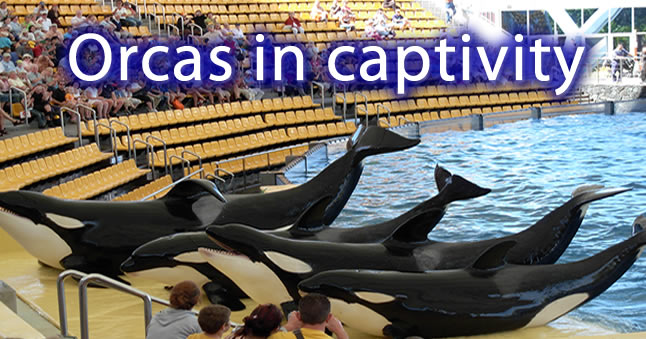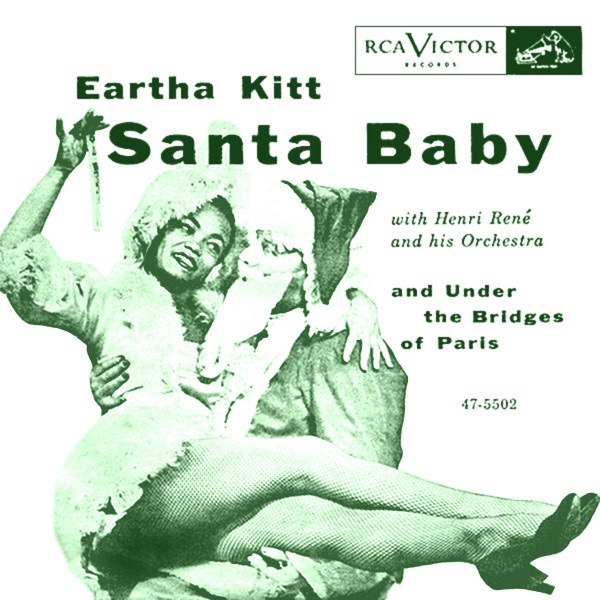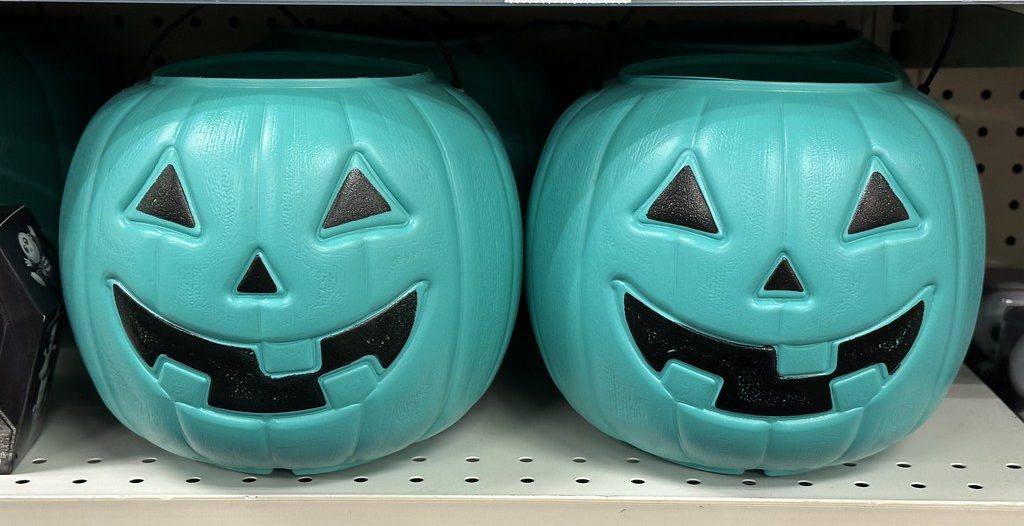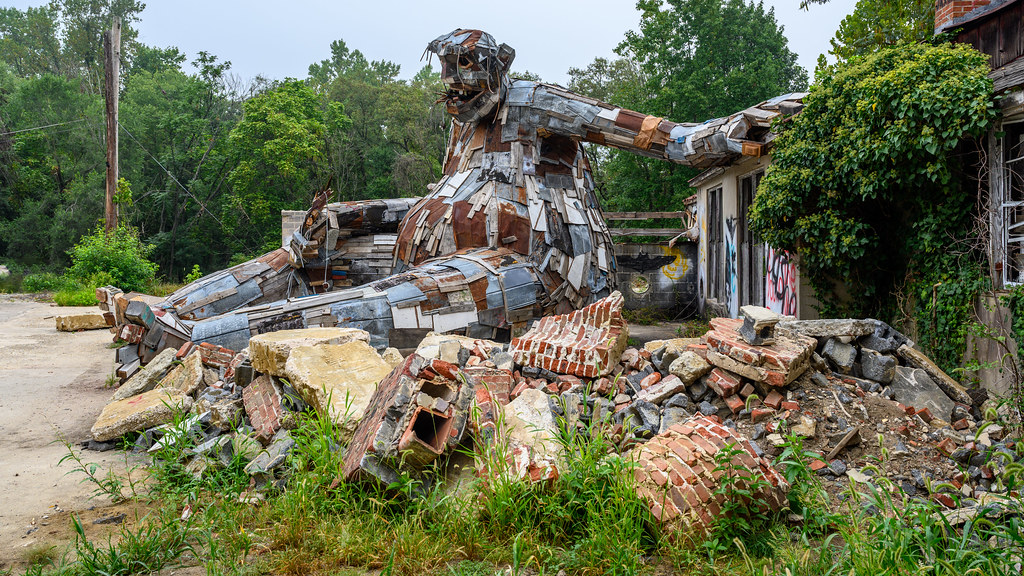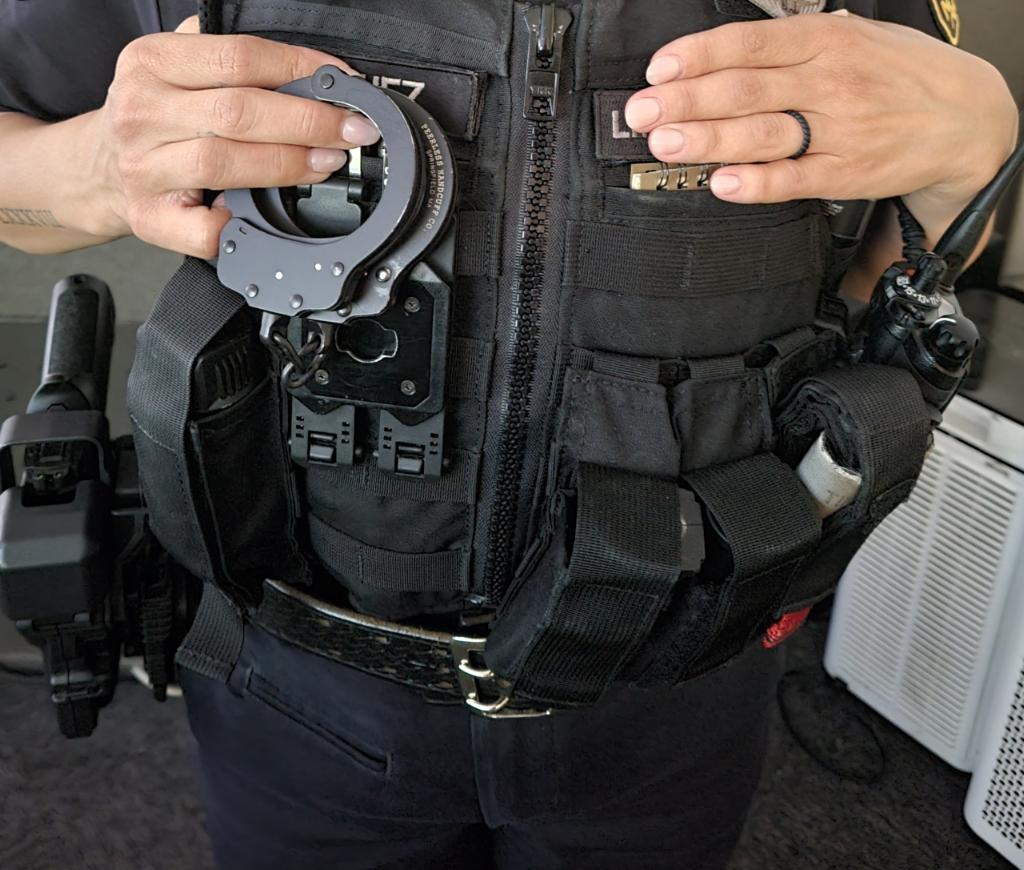SeaWorld has recently experienced some worldwide criticism and attention for the way they treat their animals. With the documentary Blackfish that was released in 2013 telling the story of a captive killer whale that had taken the lives of multiple people, along with books published by ex-trainers from SeaWorld, the park has lost many visitors. Many people have strong opinions regarding the animal mistreatment, especially with the world famous orca’s. The orca’s have poor living conditions as well as health problems that result is earlier deaths amongst the killer whales.

Orcas in Captivity
Orcas have been kept in captivity in Seaworld since 1961. There are currently 56 orcas held in captivity (23 wild-captured and 33 captive-born) in at least 12 marine parks in 8 different countries. Yet, only over the past few years, reports have been found of orca’s dying in captivity along with serious health problems that are related to the environment they are kept in, especially in SeaWorld. At least 163 orcas total have died in captivity, and 30 have been miscarried or still-born calves. SeaWorld has 23 orcas in its three parks in the United States and owns at least four at Loro Parque in Spain.
SeaWorld Mistreatment Physical Signs
SeaWorld has been mistreating the orca’s in captivity for many years now, and proof is emerging, showing how mistreated the killer orcas are, and the danger that the trainers are in as well. The orca’s show signs of psychological distress, have scars, badly damaged teeth due to chewing on the walls, collapsed dorsal fins, and were kidnapped from their families. At least forty-five orcas have died at SeaWorld. There have been many issues that even regular visitors can see and realize. For example, one main concern that is easily seen by anyone is dorsal fin collapse, which is not a common thing that would happen with orca’s in the wild, and easily indicates one of the main concerns. Dorsal fin collapse is explained in itself, you can visually see an orca’s dorsal fin straight up, but due to unhealthy living conditions, along with no space for an orca to swim and exercise, it flops over. Dorsal fin collapse is the main sign of an unhealthy orca, likely because don’t have enough space to swim freely and are fed an unhealthy and unnatural diet of thawed dead fish.
Tank size
Another visual issue is the size of the tanks that the orca’s are kept in. The parking lot size and waterpark size at each of the Seaworld parks; SeaWorld San Diego, SeaWorld San Antonio and SeaWorld Orlando, is significantly larger than the tanks that multiple orcas are kept in. The tanks that they are kept in are only a minute fraction of what the orcas should live in. Orcas should have enough room to dive and swim up to one hundred miles a day, as usually in the wild. The tanks they swim in are the human equivalent of a bathtub. Instead of being free they swim in circles in tiny tanks without proper exercise. “They would need to swim 1,208 laps (around the perimeter of the tank) or 3,105 lengths (back and forth at the longest part of the tank) in the park’s largest tank to equal what they’d swim in the wild.”
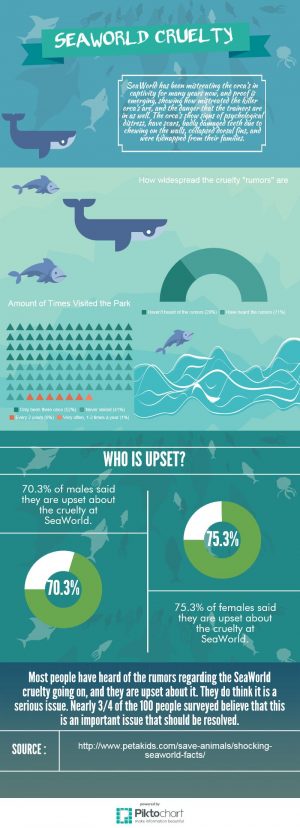
Orca relationships
Along with the tanks being significantly smaller than the requirements for an orca, there are many fights between the orcas. Even if the orcas do not get along, they are forced to live together in a tank. With the constant anxiety that the orcas go through combined with the tension between each orca, it results in fights and injuries. While normally in the wild, orcas do get along, and if they were to be threatened by another orca in the wild, they have room to escape. Orcas in captivity do not have anywhere to go and escape from threats. When asked if whether or not he believes that SeaWorld should be allowed to keep orcas with such health risks, Noah Paiva, a junior at Colonia High School responded, “No, I do not believe that SeaWorld should be allowed to keep such animals. I find that keeping an animal as large as a killer whale detained to such a small area for a majority of it’s life should be considered animal cruelty.” People tend to relate SeaWorld with animal cruelty because of these reasons. Often, these orcas in captivity will chew on the iron bars and concrete walls because of many reasons; boredom, stress, and anxiety, which tends to result in teeth breakage, which leads to dental repairs and painful drilling in teeth without anesthesia.
Captive orca life span
There are plenty of difference between orcas in their natural environment and orcas kept in captivity, not to mention the most important, the lifespan difference between an orca in captivity versus an orca in the wild. Orcas, on average, live 10 years shorter in captivity than do those in the wild. “According to PETA’s documentation of captive whale deaths, the average age of death is 12 years old for SeaWorld’s female orcas — which are expected to survive in the wild for about 50 years. For males — which are expected to survive in the wild for 30 years — the average age of death is 16.”
Opinions
Most people are aware and have heard about the rumors regarding the SeaWorld cruelty going on, and they are upset about it. They do think it is a serious issue. Nearly 3/4 of the 100 people surveyed believe that this is an important issue that should be resolved. On average, nearly 75% of the people, both males and females, surveyed are upset about the cruelty occurring at SeaWorld. When asked about her opinion on the situation of orcas being mistreated and kept in tanks that are significantly smaller than the actual parking lot of SeaWorld, and if SeaWorld should be allowed to keep the orca shows going, Mrs. Lindsay McNamara, English teacher at Colonia High School, responded,” I always loved SeaWorld as a child, but after becoming aware of the conditions that orcas and other marine animals are kept in, I feel that SeaWorld should not be allowed to keep and/or breed orcas in captivity, even if that means getting rid of their orca shows. These animals should be kept in their natural habitat. It is one thing if orcas (or any animal) are pulled from their natural home during a situation in which they need to be rescued from danger, but I do not agree with how SeaWorld is profiting off of shows and exhibits that cause harm or more danger to the animals in captivity.” In general, SeaWorld’s future isn’t looking too good.



